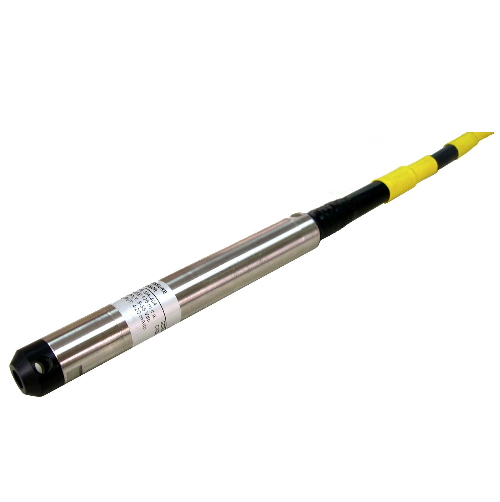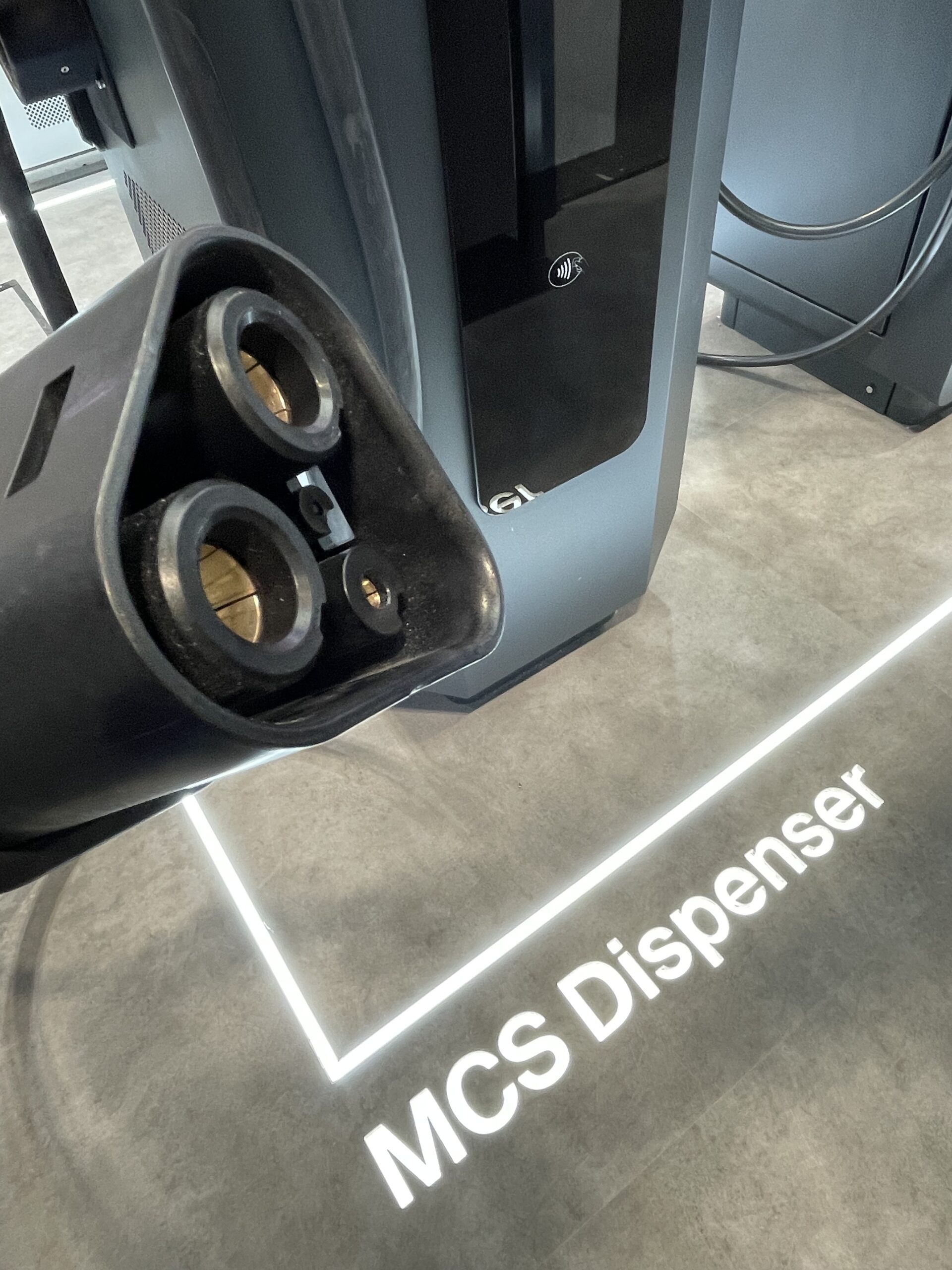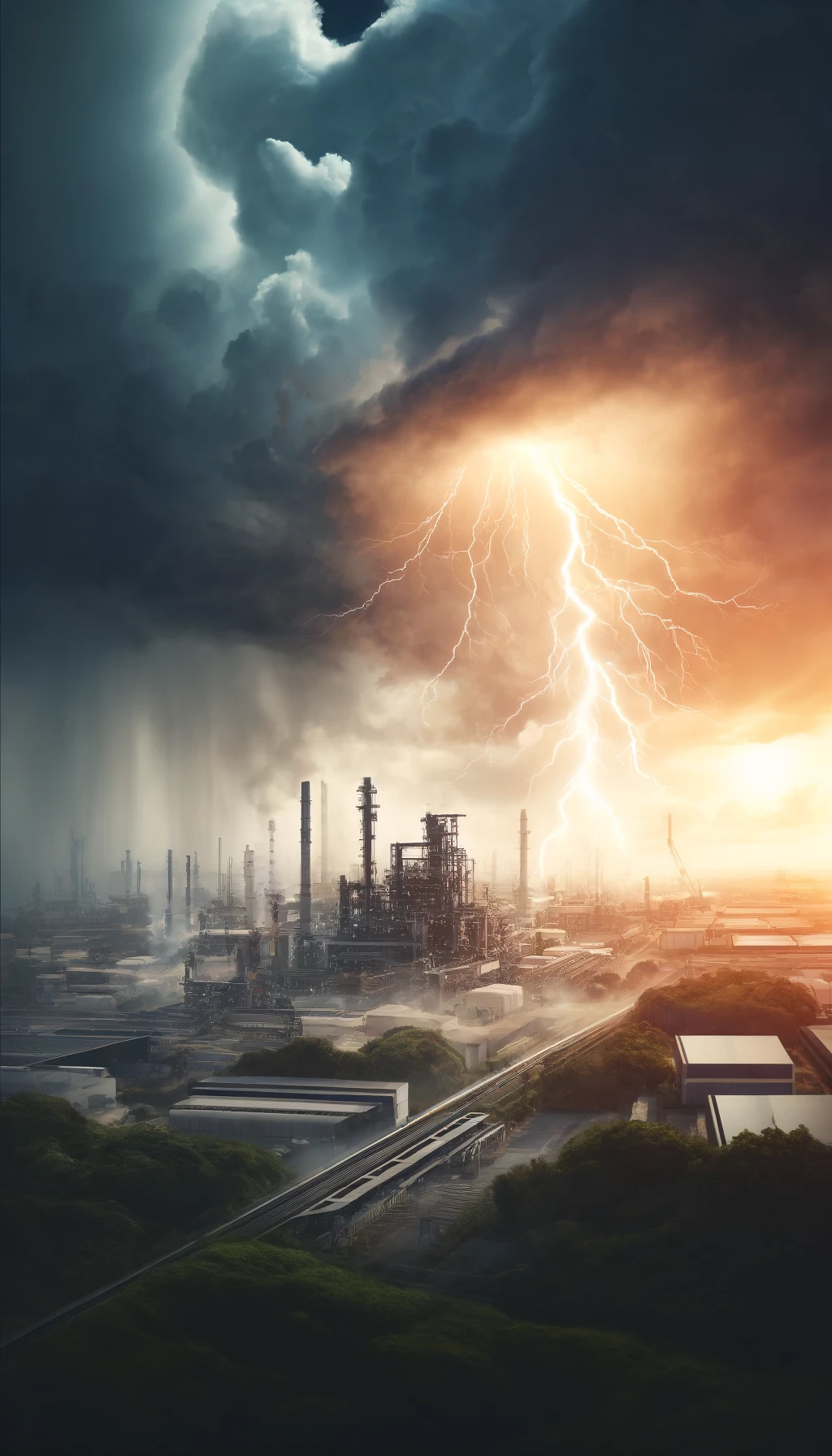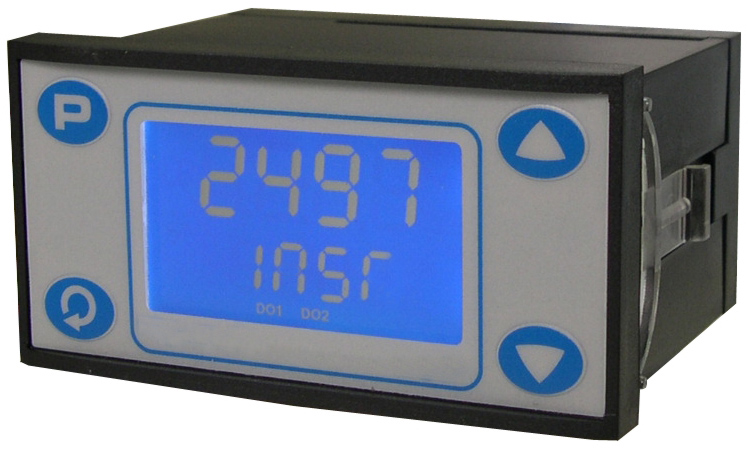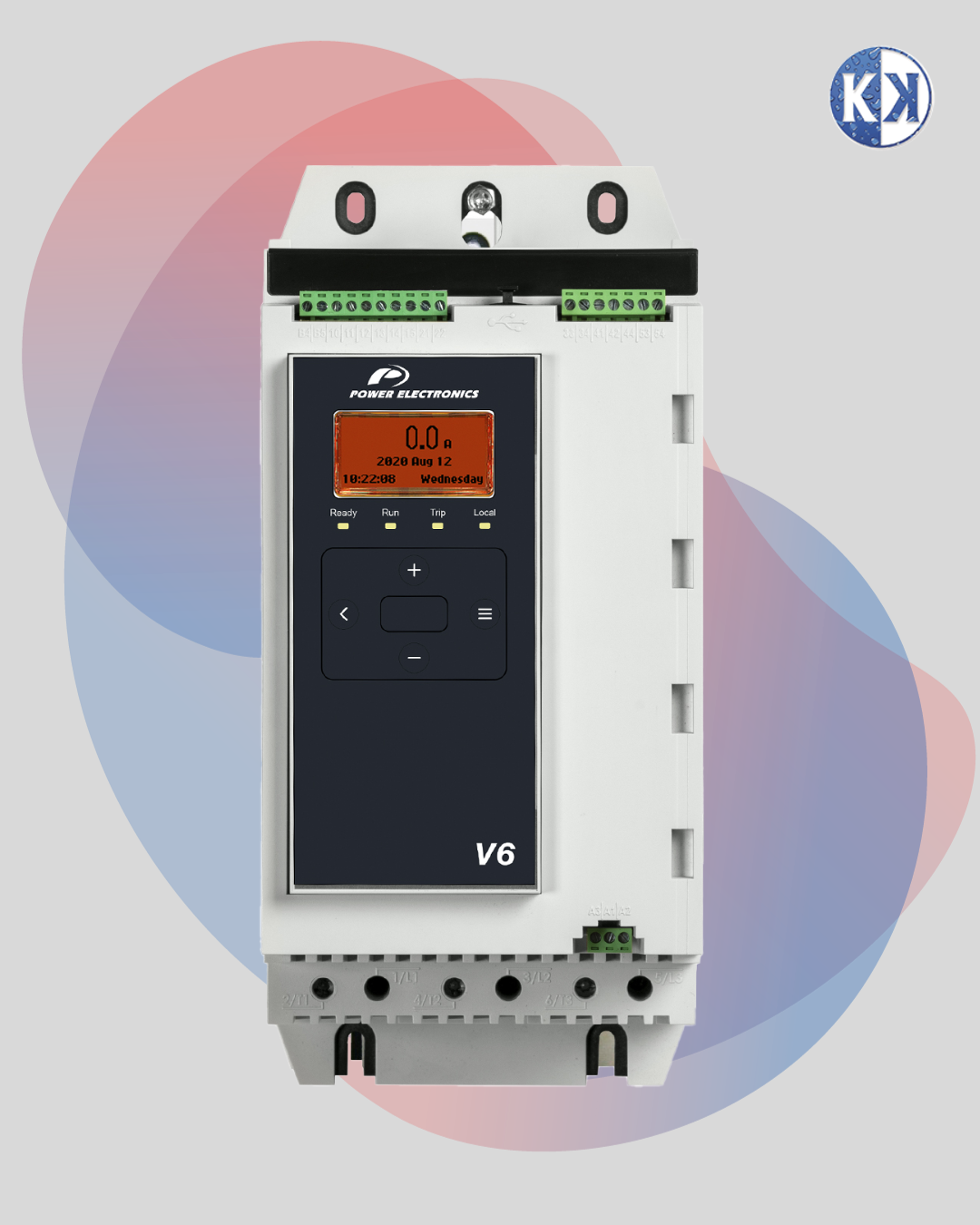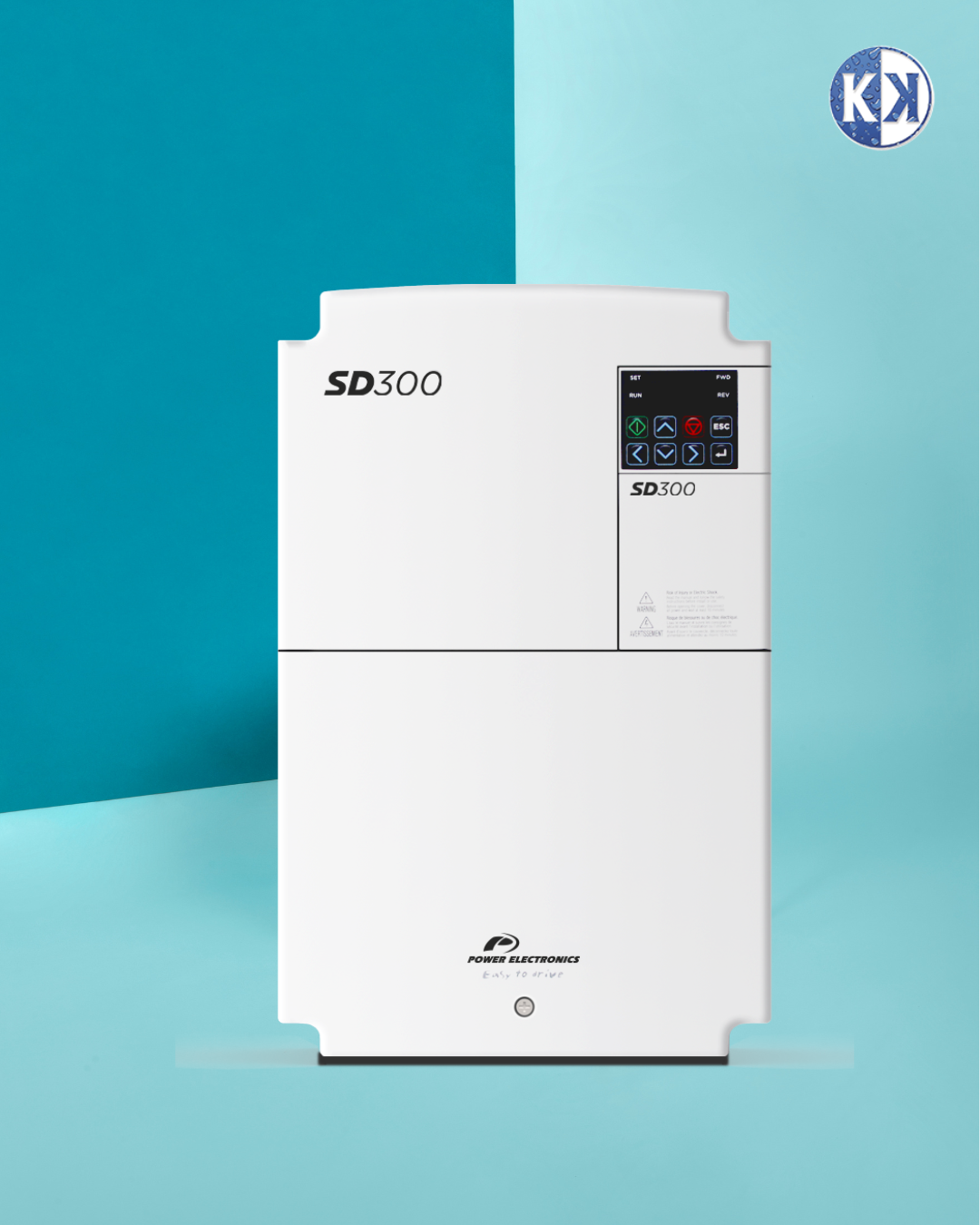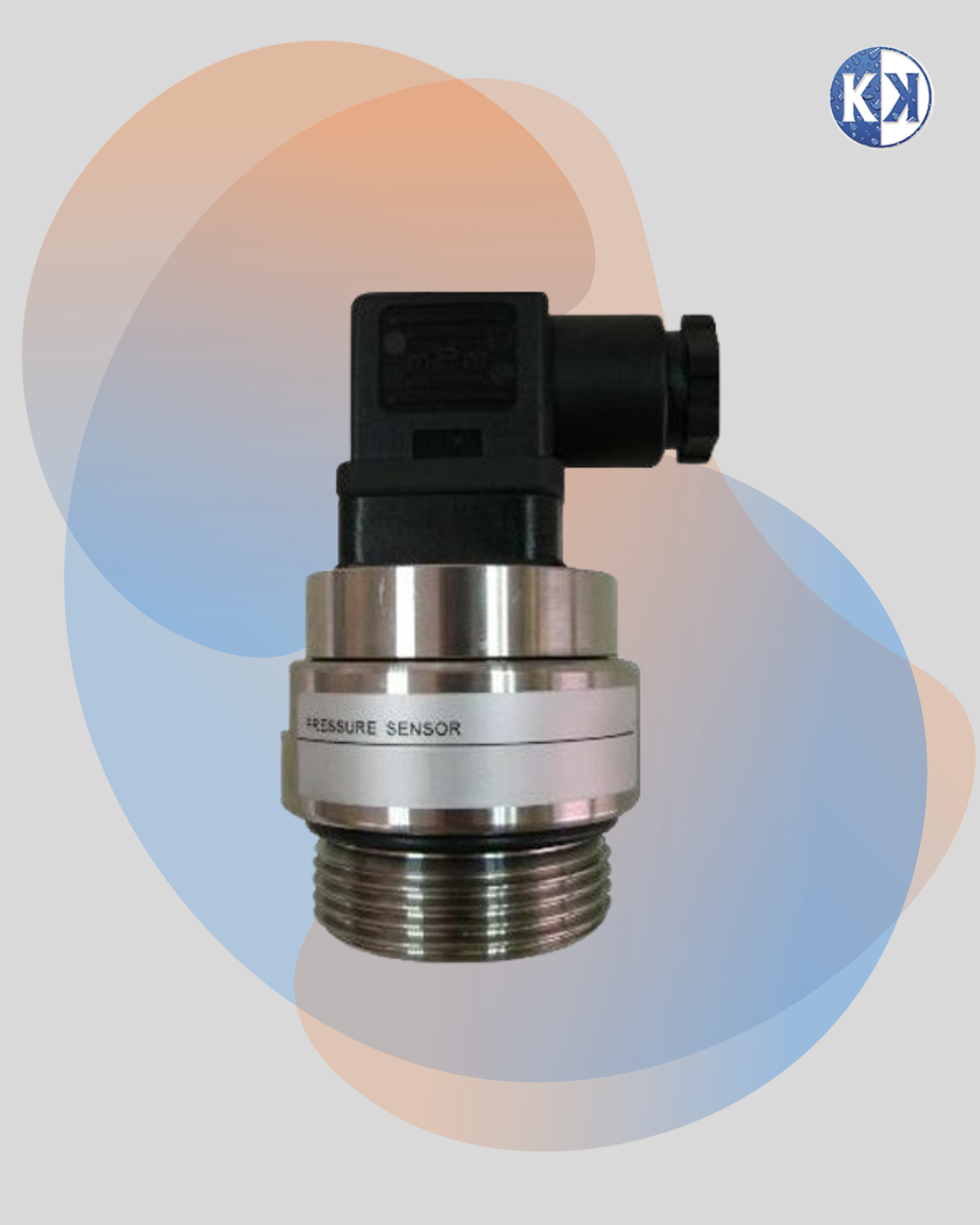At EKOAKUA, we recognize the crucial importance of precise instrumentation for effective control of industrial processes. Level sensors are essential components in our instrumentation offerings, designed to provide reliable and accurate measurements of hydrostatic level in various environments. These sensors are fundamental for efficient water and fluid management in multiple industrial and environmental applications.
Introduction to Level Sensors
Level sensors, also known as submersible pressure transmitters, are devices that use ceramic sensors to measure the pressure of the fluid in which they are submerged. This pressure is converted into an electrical signal that can be interpreted to determine the fluid level. They are indispensable tools in the monitoring and control of water in tanks, rivers, wells, and wastewater treatment.
Diverse and Critical Applications
EKOAKUA's level sensors are used in a wide range of applications, including:
• Groundwater Monitoring: Essential for water resource management and flood prevention.
• Tank and Reservoir Control: Vital for industrial operations requiring precise liquid level regulation.
• Wastewater Treatment: Enables effective monitoring and management of treatment facilities.
• Agriculture and Irrigation: Ensures adequate water supply, optimizing usage and preserving valuable resources.
Technical Features and Benefits
EKOAKUA's level sensors stand out for their robustness and accuracy, offering features such as:
• High-Precision Ceramic Sensor: Provides stable and reliable measurements, resistant to temperature and pressure changes.
• Durable Material: Constructed from stainless steel or polypropylene, depending on the model, to withstand corrosive or aggressive conditions.
• Standardized Signal Output: Most sensors provide a 4-20 mA output, compatible with industrial control systems.
• Protection Against Adverse Conditions: With IP68 rating, the sensors are completely hermetic, making them suitable for prolonged underwater use.
Considerations for Selecting the Right Sensor
When selecting a level sensor, it is crucial to consider:
• Type of Fluid: The compatibility of the sensor material with the fluid to be measured is fundamental to ensuring durability and accuracy.
• Measurement Range: Choosing a sensor with the appropriate range for the specific application guarantees precise and effective measurement.
• Installation Requirements: Cable length and proper connection are essential for successful integration into the existing system.
Conclusion
Accuracy in level measurement is crucial for process optimization and efficient resource management. EKOAKUA's level sensors offer the technology and reliability needed to meet these challenges. With a range of models adapted to different needs, we are equipped to provide effective solutions that enhance process control and contribute to more sustainable and efficient operations.

